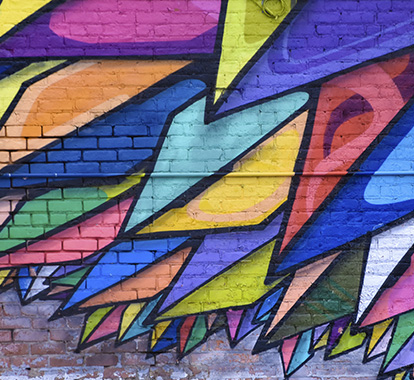Breaking Stereotypes: Shattering The Myth of the Male Gamer and Seizing the Female Gaming Market
03 Jul, 2023
Nerissa MacDonald, EVP Global Sales, Anzu argues that we have come a long way from the age-old stereotype of a gamer being a man hunched over a console in their basement.
With over 1.39 billion female gamers worldwide, 49% of video gamers in the US now female, 65% of female gamers saying they play video games regularly, almost the same as males (66%), and with 51% of UK gamers identifying as female aged between 25-44, it’s safe to say we have come a long way from the age-old stereotype of a gamer being a man hunched over a console in their basement.
Despite this, we still see a large proportion of brands use gaming exclusively to target male audiences, even though women make up almost the same number of gamers as men in many markets.
The Gaming Landscape For Women
While almost three-quarters of male US gamers have recognized when they’ve been exposed to in-game advertising, only 43% of female US gamers have seen them, according to Anzu’s proprietary research. Could this be down to the game’s genre, the playtime, or brand targeting by advertisers to target men more specifically, unwittingly excluding women?

Researchers have argued that this isn’t necessarily down to just genre - female gamers tend to prefer a wide range of genres, from adventure games (61%), RPG (56%), action (42%), MMORPG (40%), and strategy (31%), with plenty of crossovers into typically “male-preferred” genres.
This means advertisers are missing a massive, untapped market of female gamers and an extremely valuable marketing opportunity. One survey found that 71% of female gamers want to see improvements in gaming ads, either with more female representation, featuring female voiceovers, or showing women playing AAA titles.
Brands Who Have Got It Right
It’s not all doom and gloom, though, as we continue to see more and more brands begin to understand just how big an opportunity gaming presents them with to connect with female gamers. As a result, we have seen some fantastic campaigns that use gaming’s 3D environment to connect with female players in ways that were not previously possible via traditional 2D environments. Check out some of our favorite examples below.
Overwatch's "Heroes Never Die" Campaign
Overwatch, a team-based shooter game, launched the "Heroes Never Die" campaign to celebrate its diverse female characters and showcase their strength and heroism. The campaign emphasized inclusivity, empowering women players, and highlighting the game's female representation.

The Gucci Garden In Roblox
Gucci, which has also notably partnered with other games to offer digital clothing and accessories for avatars, took advantage of the flexibility of Roblox, creating a unique experience that replicated a real-world one called the Gucci Garden. As players moved through and explored different themed rooms, avatars absorbed visual elements such as patterned sleeves. Each avatar exited the Garden with a unique look. Although not exclusively aimed at women, the activation was extremely popular with female gamers, with many sharing images of their avatars on social media, furthering the brand's exposure and piquing curiosity from non-players.
MAC Cosmetics' Virtual Makeup Try-On in Animal Crossing: New Horizons
MAC Cosmetics collaborated with the popular game Animal Crossing: New Horizons to introduce a virtual makeup try-on experience. Players could customize their avatars with MAC cosmetics, allowing them to experiment virtually with different makeup looks and discover new products. A number of other makeup and clothing brands launched similar campaigns within the game after seeing players creating designs based on their brands.
Dove's “Let’s Change Beauty” Campaign
Dove recently launched a campaign taking aim at the sexualization of women and the related beauty standards in gaming. This campaign is a bit different from the others above as it was not tied to a specific game. Rather, the campaign used the popularity and cultural significance of gaming to highlight the harmful effects of misrepresentation.
Seizing The In-Game Opportunity
These examples demonstrate how brands have leveraged in-game advertising to target women, aligning with their interests, values, and aspirations within the gaming context. However, you no longer need to be a multinational brand with massive budgets to do this. Intrinsic in-game advertising is helping brands of all sizes bring their video and display ads directly into the gameplay.

Anzu’s ad placements form part of the gameplay, appearing in locations you would expect to find ads in the real world, like on billboards, alongside racetracks, and around sports stadiums, allowing ads to become part of the experience and complementing play rather than disrupting it. We work closely with advertisers to understand their specific needs and campaign goals and then figure out how gaming can help them achieve them.
To find out more about Anzu’s in-game offering, head here. Anzu is also sponsoring the Female Leaders Bar at MadFest this year, so be sure to head over, grab a drink, and mingle with the team who will be on the ground during the festival.
